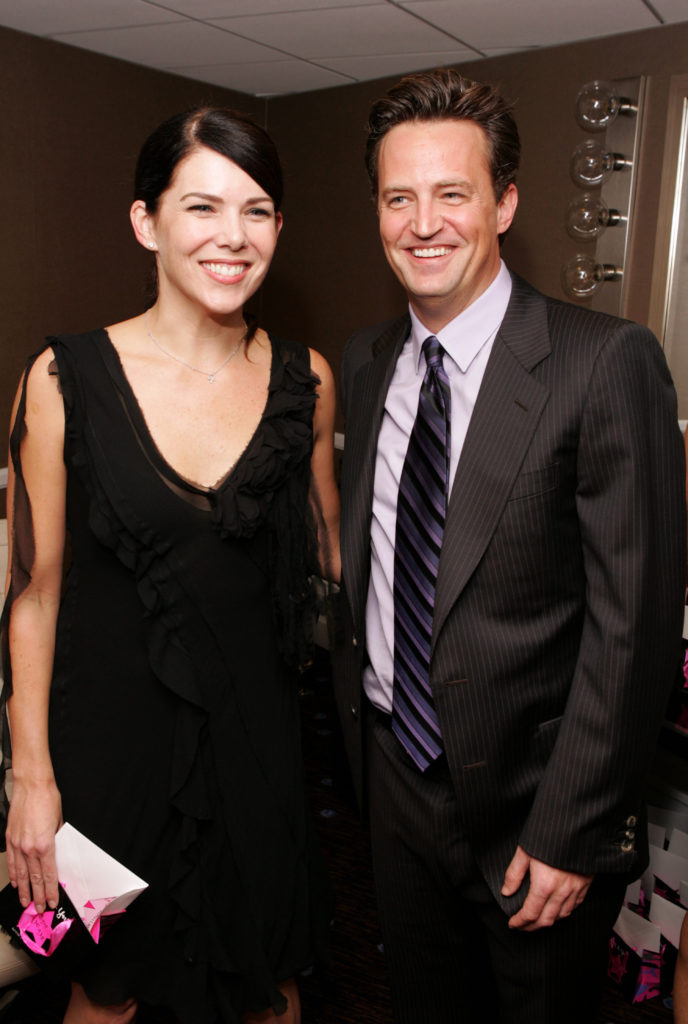
An Israeli tank killed Reuters reporter Issam Abdallah in Lebanon last year by firing two 120mm rounds at a group of “clearly identifiable journalists” in violation of international law, a United Nations investigation into the October 13 incident has found.
The investigation by the UN Interim Force in Lebanon (UNIFIL), summarised in a report seen and reported by Reuters on Wednesday, said its personnel did not record any exchange of fire across the border between Israel and Lebanon for more than 40 minutes before the Israeli Merkava tank opened fire.
“The firing at civilians, in this instance clearly identifiable journalists, constitutes a violation of UNSCR 1701 (2006) and international law,” the UNIFIL report said, referring to the Security Council Resolution 1701.
The seven-page report dated February 27 said further: “It is assessed that there was no exchange of fire across the Blue Line at the time of the incident. The reason for the strikes on the journalists is not known.”
Under Resolution 1701, adopted in 2006 to bring an end to the war between Israel and Lebanese Hezbollah fighters, UN peacekeepers were deployed to monitor a ceasefire along the 120km (75-mile) demarcation line, or Blue Line, between Israel and Lebanon.
As part of their mission, UN troops record violations of the ceasefire and investigate the most egregious cases.
Besides killing Abdallah, the two tank rounds also wounded six other journalists at the scene, including two from Al Jazeera.
Audio picked up by an Al Jazeera video camera at the scene showed the reporters also came under fire from 0.50 calibre rounds of the type used by the Browning machineguns that can be mounted on Israel’s Merkava tanks – likely from the same point as the tank, a report by the Netherlands Organisation for Applied Scientific Research (TNO) said last week.
The TNO report concluded that an Israeli tank crew “likely” opened machinegun fire on the group of journalists near the border with Lebanon who were also targeted by shelling. An earlier report by Reporters Without Borders (RSF) said the journalists were deliberately targeted, although it did not attribute responsibility to Israel.
Asked about the UNIFIL report, Israeli army spokesperson Nir Dinar said Hezbollah had attacked the army near the Israeli community of Hanita on October 13. It responded with artillery and tank fire to remove the threat and subsequently received a report that journalists had been injured.
“The IDF deplores any injury to uninvolved parties, and does not deliberately shoot at civilians, including journalists,” Dinar said, referring to the Israeli army. “The IDF considers the freedom of the press to be of utmost importance while clarifying that being in a war zone is dangerous.”
He said the General Staff’s Fact-Finding and Assessment Mechanism, which is responsible for reviewing exceptional events, will continue to examine the incident.
According to the army’s website, the fact-finding team submits its reviews to the Israeli military’s legal affairs department, which decides whether a case warrants a criminal investigation.
Reuters Editor-in-Chief Alessandra Galloni has called on Israel to explain how the attack that killed Abdallah, 37, could have happened and to hold those responsible to account. Al Jazeera has also urged the Israeli government to disclose the findings of its own investigation, noting after the release of the TNO report that the “incident strongly indicates intentional targeting, as confirmed by investigations”.
The UNIFIL report was sent to the UN in New York on February 28 and has been shared with the Lebanese and Israeli militaries, two people familiar with the matter said.
“[The] IDF should conduct an investigation into the incident and a full review of their procedures at the time to avoid a recurrence,” the report said in its recommendations. “The IDF should share their investigation’s findings with UNIFIL.”
A UN spokesperson confirmed that the UNIFIL report had been shared with the parties.
“We reiterate that all actors should uphold their obligations under international law, and that civilians, including journalists, should never be a target. Journalists and media professionals must be protected,” the spokesperson said.
For its investigation, UNIFIL sent a team to the site on October 14, and also received contributions from the Lebanese armed forces and from an unnamed witness who was present on the hill when the strikes occurred, the report said.
Details of incidents in UNIFIL’s area of operations are included in regular reports by the UN secretary-general on the implementation of Security Council Resolution 1701. UNIFIL’s investigations, however, are not usually made public, and Reuters was unable to determine if there would be any UN follow-up.
UNIFIL spokesperson Andrea Tenenti said he was not in a position to discuss the investigation.
UNIFIL’s findings lend further support to a Reuters investigation published on December 7 that showed that seven journalists from the AFP news agency, Al Jazeera and Reuters, were hit by two 120mm rounds fired by a tank 1.34km (0.8 miles) away in Israel.
The group of reporters had been filming cross-border shelling from a distance in an open area on a hill near the Lebanese village of Alma ash-Shaab for nearly an hour before the attack.
The day afterwards, the Israeli army said it already had visuals of the incident and it was being investigated. The army has not published a report of its findings to date.
UNIFIL said in its report that it sent a letter and a questionnaire to the Israeli army requesting its assistance. The Israeli army replied, but did not answer the questionnaire.
Reuters said it had not seen a copy of the Israeli army’s letter, the content of which was summarised in the UNIFIL report.
Israel’s war on Gaza is one of the deadliest on record for journalists, with more reporters killed in the first 10 weeks following the October 7 Hamas attacks than have ever been killed in a single country over an entire year, according to the Committee to Protect Journalists (CPJ).
Al Jazeera cameraperson Samer Abudaqa was killed by an Israeli strike on December 15 while reporting at the Farhana school in Khan Younis, southern Gaza. He was left to bleed to death as emergency workers were blocked by the Israeli military from reaching the site.
As of Wednesday, at least 95 journalists and media workers – most of them Palestinian – have been killed since the start of the war on Gaza on October 7, according to the CPJ’s preliminary investigations.
Read More: World News | Entertainment News | Celeb News
Aljazera









